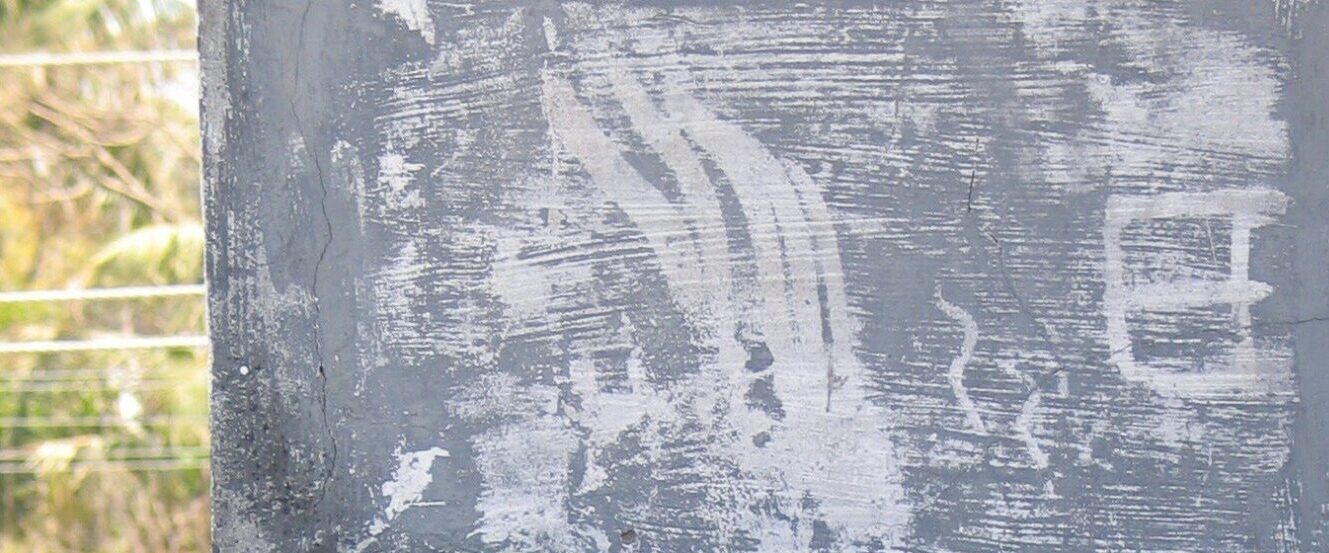METH MAKERS PREY ON AMMONIA TANKS, LEAVE LEAKS IN WAKE
Missouri state Trooper Aaron Harrison caught a whiff of the burning, nauseating smell minutes before he saw the vapors escape from the tank.
The unmistakable odor of ammonia — like an overripe cat-litter box — filled the air at the Co-op Service Center, a farming cooperative about 120 miles south of St. Louis.
“Something’s leaking somewhere,” Harrison said, letting his nose lead the way around the 30 white tanks dotting the grounds.
In an earlier search of the co-op’s perimeter, Harrison had found methamphetamine-making paraphernalia, includ-ing empty propane tanks, rubber hoses and soda bottles cut to be used as filters. Now he hunted for another item that drug-making thieves increasingly leave behind: toxic ammonia fumes.
After a few more minutes, Harrison found the leak — someone had broken into an ammonia tank, left the main valve open and released the ammonia, a liquid that turns into a gas in the open air.
Made with cold pills, fuel cleanser and coffee filters, methamphetamine is the current drug of choice in Missouri.
Originally used by soldiers to increase endurance, the drug is cheap to make and provides a long high which makes users stay awake for days.
The only ingredient meth “cookers” can’t buy at the supermarket is anhyd rous ammonia, which is not diluted by water like the household version. The cookers hire “gasmen” to break into co-ops, fertilizer factories and barns to steal a few gallons of the ammonia, usually used by farmers to add nitrogen to soil.
Farmers pay pennies a gallon to rent 1,000-gallon tanks. “Cookers” will pay $ 500 for a gallon of ammonia: They only need a few teaspoons to make a typical 4-ounce batch.
But while ammonia is safely used in the ground, released into the air it can be a dangerous and sometimes deadly chemical.
It is considered toxic by inhalation because it is so cold — with a boiling point of minus 28 degrees Fahrenheit — that a deep breath of ammonia can burn the lungs. The chemical sucks the water out of skin, and contact can result in horrifying and sometimes fatal burns.
Those warnings don’t mean much to those who need the ammonia to make their drug.
What police call intentional “releases” due to tampering have resulted in evacuations, injuries and fatalities across Missouri.
As meth production increases, so do fears that a catastrophic leak might send a large toxic cloud over a neighbor-hood.
Missouri Department of Health statistics show that from 1994 through 1999, the state had 189 releases of ammonia — the most of any single chemical in the past five years. Illinois is seeing the problem as well, although to a far less ex-tent than Missouri.
Many more leaks go unreported, environmental officials said.
“We’ve been fortunate that there haven’t been more instances where people have been hurt,” said Randy Carter, an environmental specialist with the Missouri Department of Natural Resources.
~~~~~~~~~~~~~~~~~~~~~~~~~~~~~~~~~~~~~~~~~~~~~~
Awakened to danger
Place: Pleasant Hill, Mo.
Date: Feb. 28.
Time: 4 a.m.
Thieves break into a 1,000-gallon ammonia tank at West Central Agricultural Services, just southwest of town, about 30 miles south of Kansas City.
Interrupted by police, the thieves drop a hose attached to the tank. They run — not bothering to shut off the valve. More than 200 gallons of ammonia spill. The vapors don’t evaporate in the cold air. Instead, the ammonia forms a cloud headed toward town.
About 250 people live in the path of the cloud. Pleasant Hill Fire Chief John Smith decides to evacuate them.
Police and fire officials drive through town, go door to door and awaken residents by yelling through bullhorns.
About 150 people move to a church until the danger passes. The rest flee to friends and family living outside the cloud’s path.
Melissa Gentry heard about the evacuation on the television news and saw police coming down her street.
“All the news said was that there was a leak and half the town was being evacuated,” she recalled recently. “When I saw that, we packed up, grabbed the dog and went to my mom’s.”
Pleasant Hill was lucky. The cloud resulted in only five minor injuries. Among them: Assistant Fire Chief Rick Pryor, who was dec ontaminated at the fire station because of skin irritation.
School drill in Wentzville
Most meth-related ammonia releases occur in rural counties because that’s where the farmer cooperatives are.
Sandra Shields can see a cooperative and the ammonia tanks from her house in Chilhowee, Mo., about 70 miles southeast of Kansas City.
“Whenever there’s a leak, it comes right to us,” she said. “It was getting so bad, we were getting up in the middle of the night because we smelled the air.”
Shields said her eyes and throat often burn because of the ammonia in the air. She worries about her animals out in the pasture.
Potential problems exist in cities and suburbs as well.
Wentzville Middle School is about a mile from MFA Agri Services ammonia tanks, where a leak due to vandalism was reported to state officials as recently as June 26.
One Saturday last month, teachers, administrators and staff performed an anhydrous ammonia drill — pretending that the leak occurred during school hours with its 839 students present.
Staff shut down the air conditioning. Teachers taped off the windows and put rags beneath the doors.
“It’s not just a practice for the school; it’s for the community,” said principal Kelvin McMillin. Several agencies participated in the drill, including the police and fire departments and the National Guard hazardous materials division.
If a major leak occurred, students would be brought in from outdoors and would stay in the classrooms until the cloud passed, McMillin said. Clothing in the rooms would be taped around the windows and doors. If ammonia fumes seeped into the room, students would cover their mouths with wet clothes to help breathing.
